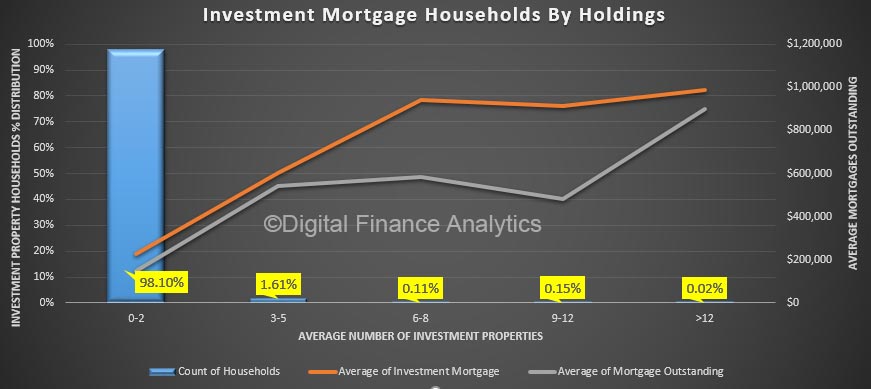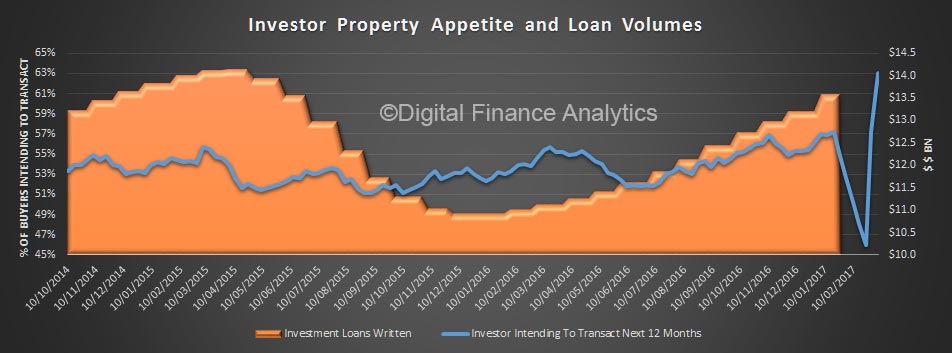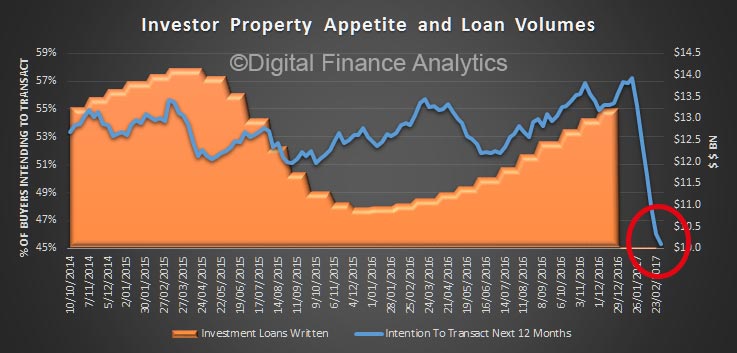What type of property will be in strong demand in the future?
Now that’s a good question for property investors to ponder, because the way we live and where and how we live is evolving.
It wasn’t all that long ago that buying a house and land in the suburbs was considered an indisputable truism of property investing. Investing in a house on a large block was considered ‘safe as houses’ (pardon the pun), and still today you’ll hear investors talk about a property asset’s value being “all in the land”.
But what was accurate only a decade or two ago is now becoming less so, particularly when it comes to real estate. For instance, while it is true that a house will depreciate in value while the land appreciates, that doesn’t mean apartments and units make terrible investments.
That’s because apartments also have an articulable land value underneath them.
And in certain markets an apartment investment makes much more investment sense than a freestanding home. This is because demographics – or the composition of Australian households – is evolving.
More of us are now trading a backyard for a courtyard or balcony due to a range of factors, including shifting family dynamics, increasing divorce rates and a growing tendency towards single-person households.
This scratches at the surface of the many evolutions that investors must prepare for if they want to enjoy long-term success in real estate. These changes include:
- Our demographics are changing
In my mind our changing demographics will have more influence on the long-term performance of our property markets than the short-term influences of interest rates, bank lending policies or supply and demand.
It’s no secret that our nation is ageing, but the latest Australian Intergenerational Report reveals the significance and depth of this trend, forecasting that by 2055 the number of people aged over 65 will double.
Perhaps a bigger threat is that over the same time the ratio of people in the workforce compared to retirees will almost halve, from 4.5:1 to 2.7:1, as the baby boomers retire. In the 1970s, it was 7.5:1. This means the government will have to keep migration levels high to top up our workforce.
Another critical demographic trend is the Australian Bureau of Statistics forecast that lone-person households will see the most rapid increase of all household types — up by 65% in the next 25 years.
That means there will be about 3.4 million people living on their own, and most of these people will still want to live close to the big cities.
Let’s turn our attention back to that big house on the big block – the one that was as ‘safe as houses’.
In light of these demographic changes, how does that type of property stack up as likely to be in strong demand in the future?
- The economy is changing
The mining building boom is well and truly over, and we’re becoming less of a manufacturing country.
In the future our economy will be driven by services, IT and education, which means the economic centres of growth – which will translate to wages growth and the ability to pay more for properties – will be
in our capital cities and, in particular, locations close to the CBD in our three east coast capital cities.
Furthermore, with so many Australians exiting the workforce as baby boomers retire, the government will need to address the issue of skill shortages somehow, so, as I said, it’s likely that migration of skilled workers will only increase in the future.
- Our property markets are changing
Owing to the factors outlined above, the Australian property market is expected to experience increasing fragmentation, with the disparity between capital growth in cities and regional areas (and even within cities as the population grows) widening further.
Properties situated closer to the CBD, where robust economic activity, jobs and lifestyle amenities are easily accessible, will increase in value at a disproportionately higher rate than dwellings in the outer suburbs.
At the same time, there will be increased demand for apartments and townhouses as we’ll have more one- and two-person households edging out the stereotypical ‘husband, wife and two kids’ household structure.
What’s more, to cope with forecast population growth – which is tipped to almost double to around 40 million by 2055 – the Master Builders Association of Australia estimates we will need to build nine million new homes over the next 40 years.
This significant population growth will lead to a number of social issues and infrastructure challenges, and the consequential impact on Australia’s property market shouldn’t be underestimated.
Ultimately, there will always be a requirement for detached houses, but it’s becoming evident that there will also be increasing demand for medium-density and high-density apartments as retiring baby boomers trade their backyards for courtyards or balconies.
For property investors, the key to success is adopting a long-term view by seeking out properties that will be in continuous strong demand now, in the next decade, and 40 years from now.










